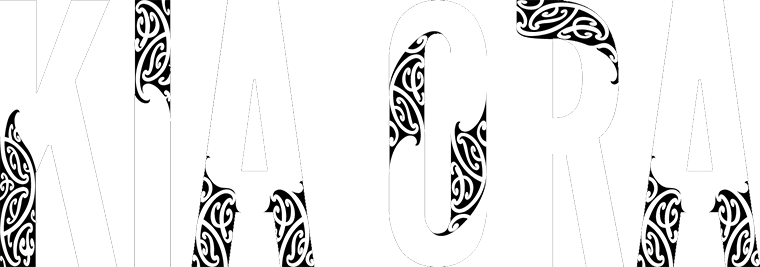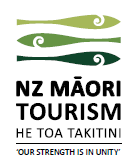What do Machu Picchu, The Great Wall, Uluru and the Acropolis have in common, aside from being culturally significant icons? Vehicle access is either limited or non-existent to the summit – visitors are required to walk what can sometimes be quite a difficult route.
So I am a tad bemused at the fuss (it is fuss as I am not hearing too much of an informed debate) over the proposed vehicle restrictions for the Cones in Auckland and Ninety Mile Beach. If we move past the sensationalised media headlines and listen to what is actually being said, these proposals go to the core of Kaitiakitanga, something that most New Zealanders, Māori and non-Māori, value and not only those in the tourism sector.
I have no doubt that should these proposals go ahead there will be an impact on some businesses including some of our members and I certainly do not want to play down these impacts. What I can guarantee is that these same businesses will be thinking up innovative ways to counter any negative impacts. We will see new experiences emerge and possibly some new businesses come to fruition.
Our sector talks about quality versus quantity, and here is the potential to develop experiences that cater for the more discerning visitor – the one who is interested in the significance of the Cones in Auckland and the story of the Kuaka (Godwit) journey from Te Rerenga Wairua all the way back to China – the longest flight of any bird, as importantly connecting us to our Hainamana visitors. Storytelling from a Māori view doesn’t preclude stories from a scientific perspective, or a bird watching experience. This is where the yield sits waiting to be extracted.
We espouse values such as kaitiakitanga but when the rubber hits the road we are often challenged. I have to confess I have argued the benefits of mining though not at all costs. The conflicts for me have been around the Māori unemployment rate versus our love of the land and everything around it. The hypocrisy can be seen when New Zealand families argue for a clean green New Zealand, but are fine with family members in well paid jobs in Australia digging up someone else’s land. Yes, I know it doesn’t make it right. The point being that every now and again we will debate issues that do not sit comfortably, however the debate must be had.
As I write my adult children point out the Whanganui debate is yet again on the table. I have listened very closely to the various discussions. At the start one forgives ignorance but now it is sheer pig headedness. Both Māori and European place names in New Zealand mean something. For example, Geraldine was renamed Fitzgerald in 1857 after the first Superintendent of Canterbury, Edward Fitzgerald. The name was changed back to Geraldine which was his family name in Ireland. The Māori name is Heratini. Both names mean something.
Whanganui derives from Whanga-nui-a-Kupe – the long wait for the return of Kupe. Wanganui, on the other hand, means nothing. It is not named after a person or a place – Māori or European.
If Geraldine could correct its name in 1857, it’s only right that that government now correct Whanganui – after they first petitioned to do so in 1844.
Mauri Ora
Pania Tyson-Nathan
CEO of NZ Māori Tourism
This column was first published in Inside Tourism.


